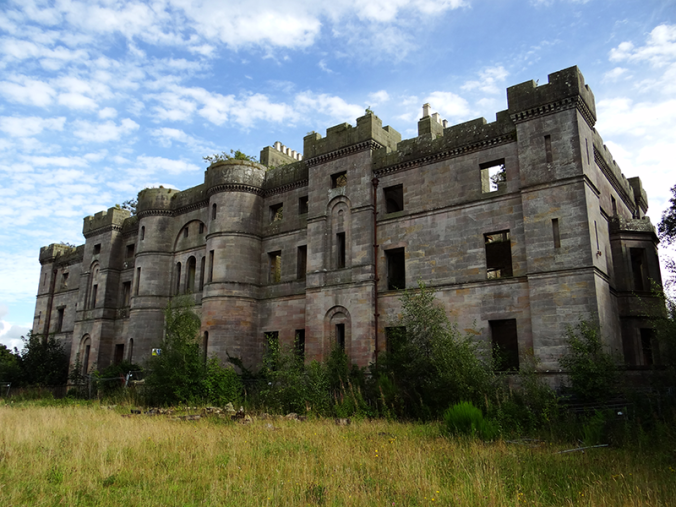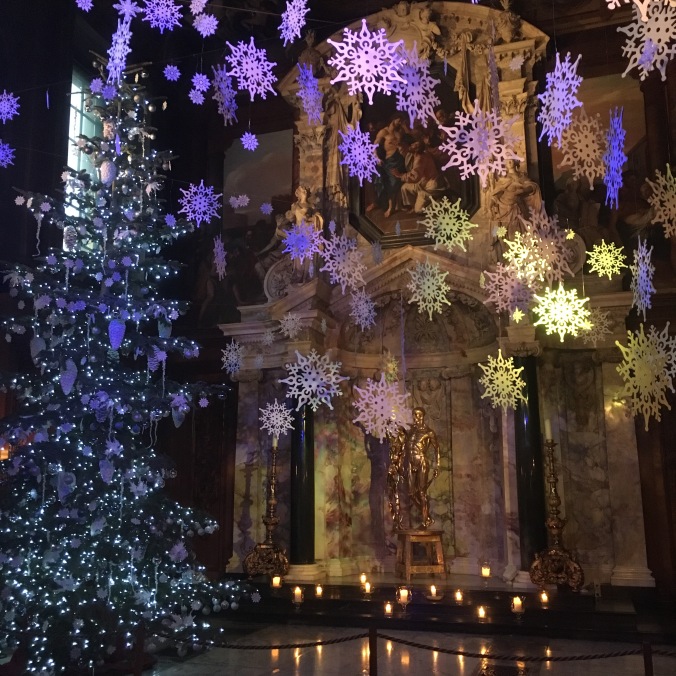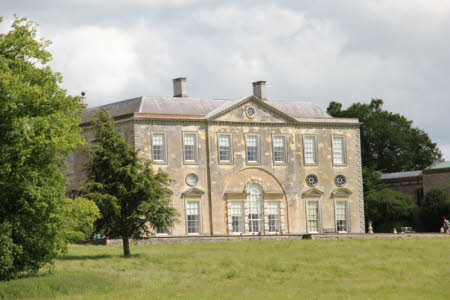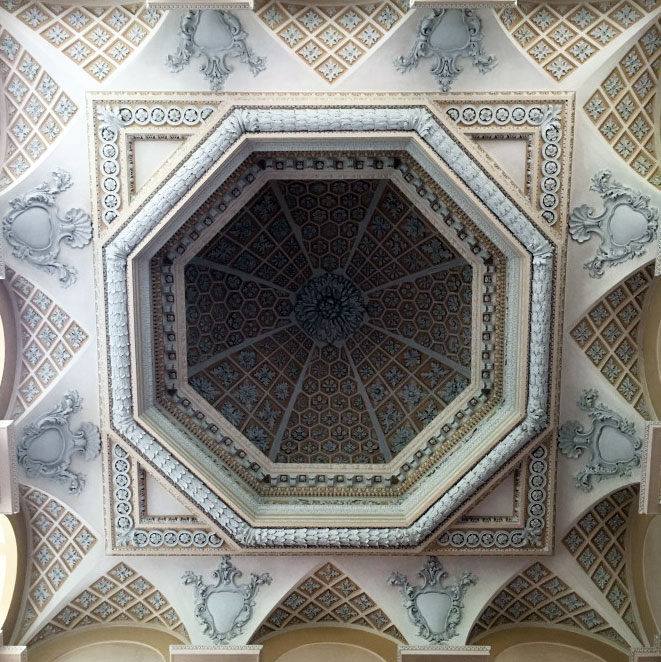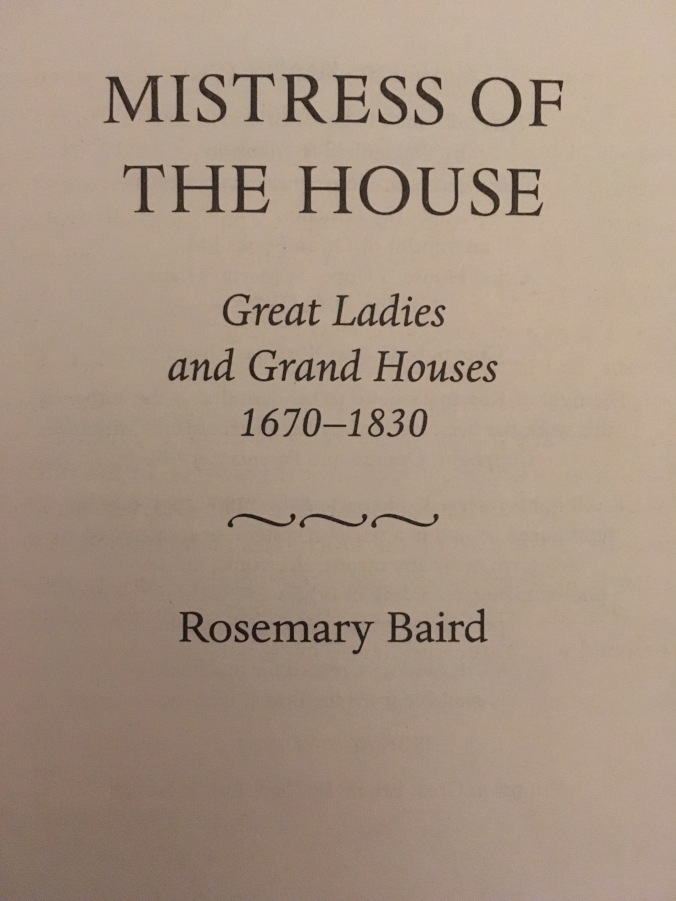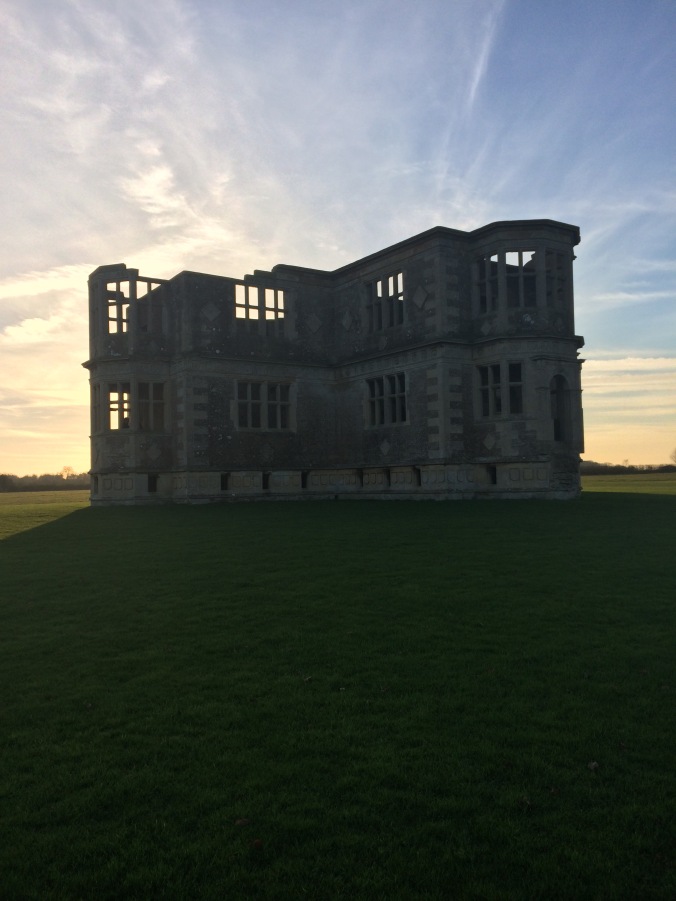A striking feature of a country house is often its vast portrait collection. What are the reasons for this?
A portrait is an image where the artist is engaged with the personality of the sitter and aims to characterise them as an individual. People of consequence have commissioned portraits of themselves in order to commemorate their achievements and to showcase their status. Portraits serve to distinguish individuals from the masses and as such are products of a conscious intent to portray.[1] Consequently, they embody the beliefs and notions of both the sitter and the artist, and can tell us much about society at the period in which they were painted.
